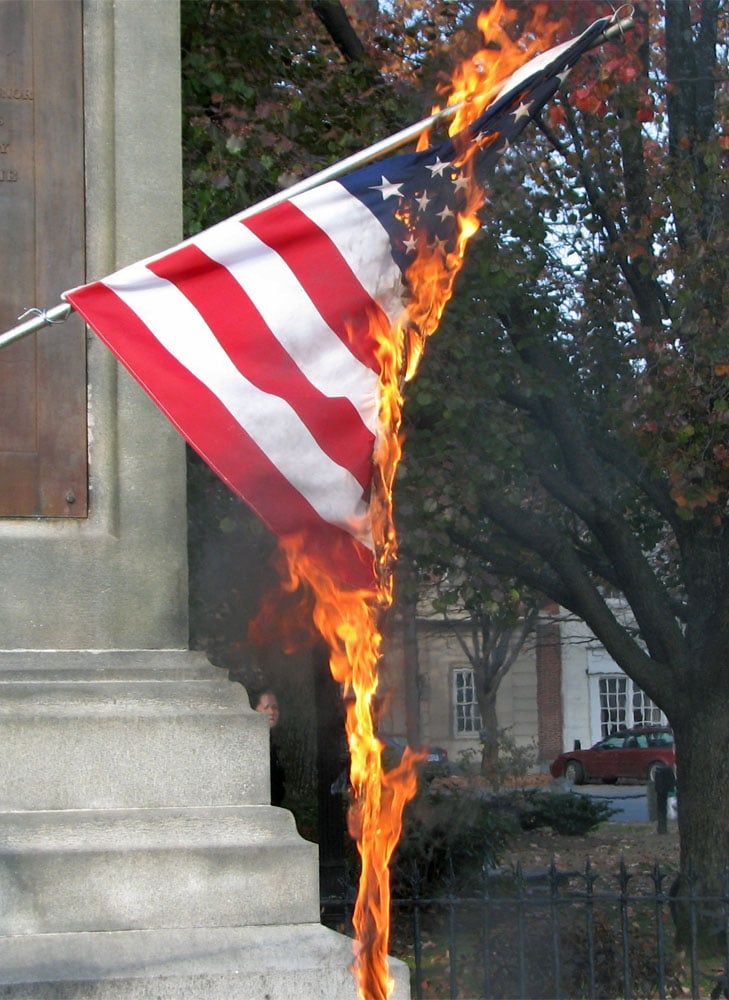What is Vexillology?
Vexillology is the study of history, symbolism, origins, and uses of flags as well as any general interest in flags and what their history, symbolism, and meaning is to the people who live in that specific area of the world. the word vexillology comes from the synthesis of the Greek word vexillum which means "flag" and the Greek suffix -logia which means "study". This makes the world vexillology which means "study of the flags".
Vecillology Associations
Since this field of study was established there has been a various vexillological association that has popped up around the world where people are interested in studying the history, emblems, and flags that have meant so much to so many people from various parts of the world for so long. One such vexillological association is The UK's National Flag Charity which is entirely funded by member's subscriptions to the association and this is currently the largest membership-based flag organization in the world with members hailing from all 6 inhabited continents.
The society's goal is to educate people about the important roles that flags play in societies all around the world. The UK's National Flag Charity was founded on St. George's Day which was 23 April 1971. The Flag Institute is proud to maintain until this very day that it has the largest national registry of flags registered anywhere in the UK both on a national and on a regional level.
*Example of the subtle history that's included in a flag - like this Portuguese National Flag.
Anyone can be a registered member and will receive a quarterly publication called the Flagmaster and are also invited to attend meetings held by the UK's National Flag charity which is held at various locations throughout the UK. The UK's National Flag Charity is also proud to provide vexillological services to HM Government and many other UK organizations as well as others around the world including the United Nations. Our offered services to these organizations include advising on uses of flags, designing new flags, and collecting information about flags that already exist around the world.
For more flag facts and information take a look at our other blog posts. To create a custom flag or banner for your own home or business contact one of our flag specialists to receive a free quote. A member of our team can talk you through the process of creating your own custom banner or flag.






